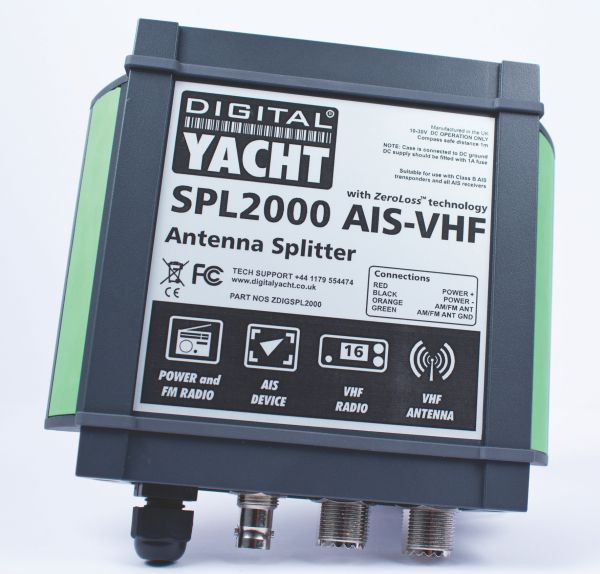 I relay here an article published in 2014 on the blog of Digital Yacht which provides an excellent discussion on choosing which antenna to install for an AIS transceiver. Below you will find a transcription freely adapted by me..
I relay here an article published in 2014 on the blog of Digital Yacht which provides an excellent discussion on choosing which antenna to install for an AIS transceiver. Below you will find a transcription freely adapted by me..
One of the most common questions asked by boaters who want to purchase a Class B AIS transponder is : which VHF antenna to use ?
The AIS system (¹), uses two special “data only” channels in the VHF frequency range to transmit and receive its digital data packets. Therefore, any VHF antenna can be used to receive and transmit AIS data and generally the same selection criteria, assembly and installation advice, apply.
One or two antennas ?
In absolute terms, to obtain optimal AIS reception, the AIS antenna must be mounted at the highest location on the boat, either at the top of the mast on a sailboat, or on the radar support arch or the upper deck of a motor launch. However, the antenna of the VHF radio is usually already in that exact location and you cannot have the two antennas spaced less than 2 meters apart, otherwise all the power 25 Watts of transmission from the VHF antenna will go directly into the AIS receiver and risk irreparably damaging it..
On a motorboat, you can get away with placing the VHF antenna on one side of the boat and the AIS on the other side (if the width of the boat is sufficient) and on a ketch or schooner you have the luxury of two masts and can therefore mount VHF and AIS antennas on each of them. However, for the majority of sailboat owners, who already have their VHF radio antenna at the top of the mast, they must make a choice between two possibilities :
- Set up a dedicated antenna at the AIS in another location on the boat (rear gantry, pulpit, mâtereau, mizzen on a ketch)
- Use a splitter (separator in French) to allow the sharing of a single antenna between the AIS and the VHF radio.
Antenna splitters have been used for some time now, long before the AIS, to allow an AM/FM radio receiver to share the VHF antenna. When the first AIS receivers were released, many boat owners have used a splitter to allow the AIS receiver and VHF to share the same antenna. Although this makes installation easy, splitters were originally a fairly rustic device that simply split the antenna signal, half the power going to the VHF and the other half to the AIS. This resulted in many boaters, having gone to great lengths to install a good quality VHF antenna at the top of their mast to get maximum VHF range, experienced a significant reduction in their VHF reception range after installing the splitter.
Dedicated AIS antenna
For this reason, Manufacturers like Digital Yacht have long recommended the use of a dedicated antenna for connecting AIS transponders. Ideally mounted as high as possible, for example on an antenna support at the rear of the boat. Otherwise mounted at deck level on the rear balcony, which still offers excellent reception of class A transponders of large ships whose antennas are located several meters, even tens of meters, above sea level. It is also important to note that class B transponders only transmit with a power of 2 Watts output. Even with an ideal antenna installation at the top of a mast, we can only really hope for a range of around 10 down to 15 nautical miles in transmission. Mounting on a rear gantry only slightly reduces the range (example opposite the antenna RA-111AIS by Glomex).
In addition, antennas dedicated to AIS frequencies provide maximum gain (VSWR) down to 162 MHz, corresponding to the middle of the AIS frequency range, while the maximum gain of a VHF antenna is at the frequency of 157 MHz (²).
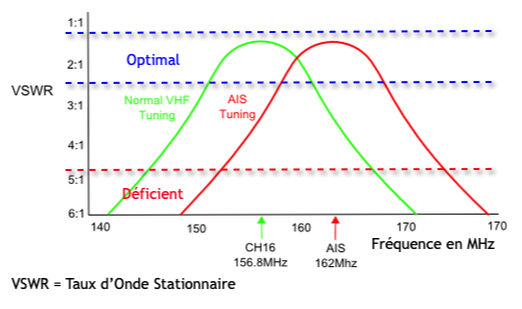
Another advantage of using a dedicated AIS antenna is that, with a little thought during installation, she can serve as a backup VHF antenna. All you need to do is provide the necessary adapter (usually a PL259 BNC connector) allowing the fixed VHF to be connected in the event of loss of the antenna or worse, dismasting.
Antenna splitters
SO, why install a splitter ? Unlike the first separators, the latest generation of splitters designed for AIS Class B transponders, uses new “zero loss” technology that boosts received signals before splitting them. This results in no loss of reception either on the AIS or on the VHF, and it is now possible to have a simple and easy to install solution, without reduction in performance. Using the main VHF antenna at the top of the mast, we thus obtain a maximum range of the AIS system and the installation simply consists of unplugging the VHF antenna at the back of the radio and inserting the splitter between it and the VHF. But these splitters remain quite expensive,often more than installing a dedicated antenna.
IMPORTANT NOTE :
A class B transponder requires a special type of splitter equipped with two intelligent switches that can detect either VHF transmission, either AIS, and disconnect the other device in less than a few milliseconds while the transmission begins. Low cost splitters have only one simple switch and should only be used with simple AIS receivers.
———
(¹) AIS, the second maritime revolution after the GPS
(²) Which VHF antenna for an AIS transponder
———

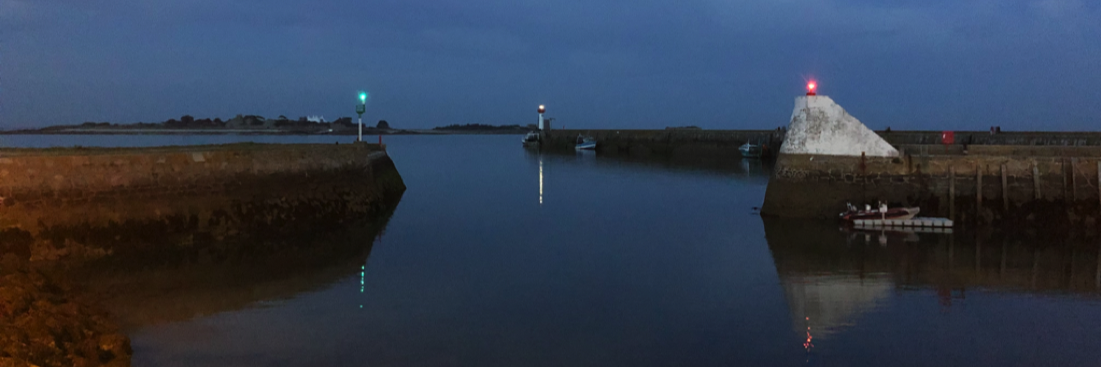
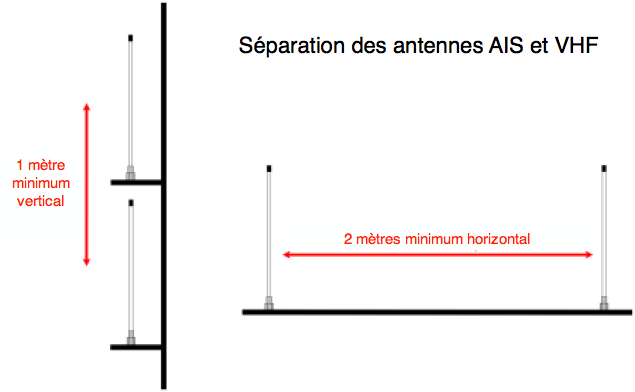

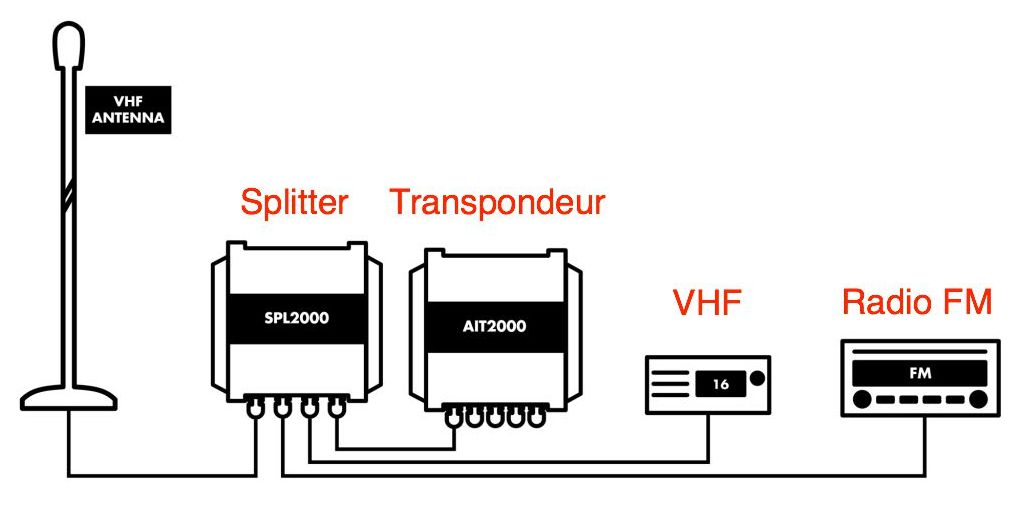
Thank you for this article.
I would like to use a Splitter on an airplane, connected to VHF Aviation antenna. The goal would be to have an AIS Marine receiver to locate boats, without installing a second antenna.
Is it possible ?
No reason why a splitter should not work on an airplane, or any mobile equipped with a VHF antenna.
Bel article
Perfectly clear
Thank you Francis
Thank you for this very useful article.. A few days ago I was just watching the AIS.
What other brand/model is there with similar “split-intelligent” technology? ?
I'm starting to think about an AIS that also acts as an "NMEA2000 hub". & Wifi walkways ». I spotted the WEATHERDOCK brand, but I have some doubts about the fact that it includes an intelligent splitter like that of the SPL2000.
Finally I say to myself that perhaps it would be better to have TWO devices : one for the AIS, another for “NMEA xxx multiplexing + WiFi walkways » . (the objective being to view as much NMEA xxxx information as possible on an iPad).
Francis, Thank you for your comments today. I have a Class B transponder with a splitter and antenna mounted on top of our 54′ mast. We are able to receive Class A targets as far as 40 nm away! I am completely satisfied with this performance and would suggest this as a workable solution for any sailor. Even with the Victoria Express ferry traveling at 25 kts it still would give us more than one hour to change course to avoid collision. One would have to be seriously asleep to see that as a problem.